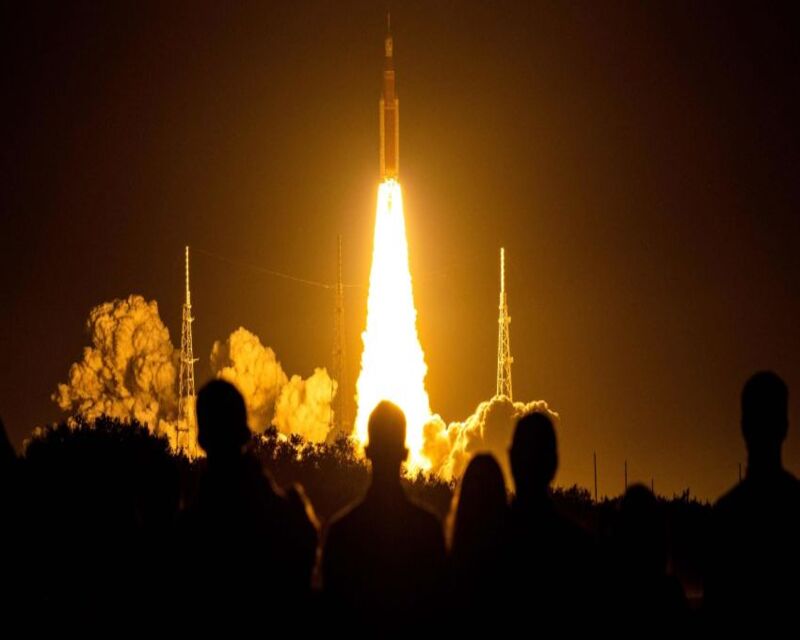NASA launches Artemis I mission
On Nov. 16, NASA began its Artemis I mission: https://edition.cnn.com/2022/11/16/world/artemis-1-launch-nasa-scn/index.html
On Nov. 16, NASA began its Artemis I mission by launching an unmanned Orion spacecraft to the moon. The mission aims to verify that the spacecraft can safely deliver human crews to the lunar surface in the future.
“It is exciting to hear what NASA is accomplishing in space exploration,” Matthew Halter, an avid explorer of space, said. “Hopefully, NASA can accelerate its efforts and test the practicality for Mars exploration while a little bit closer to home. Successful missions returning to the moon could build hope and faith in humankind’s ability to explore more and farther into space.”
If the mission is successful, it will provide opportunities for NASA to prepare human crews for studying the moon. Exploring the moon will lead to potential “scientific discovery, economic benefits, and inspiration for a new generation of explorers,” according to NASA’s Artemis I purpose statement.
Traveling to the moon will train astronauts to use what is available on-site to practice survival on Mars. NASA administrator Bill Nelson noted that exploration of the natural satellite is to learn to “live, work, and survive” in space.
“Space travel is integral for guaranteeing humanity’s future given that chances are becoming incredibly slim that the 1.5 degree global warming threshold will be achieved,” Sean Lee (12), an eager student in science, said. “Therefore, I look forward to NASA’s future efforts to explore for habitable spaces outside of Earth, and so far, it looks like NASA is pushing more boundaries to make this goal a reality.”
By 2025, NASA plans to launch Artemis III, the first manned mission to the moon since the 1972 Apollo 17 mission.

Jack is a senior reporter in Tiger Times. He loves to listen to lo-fi music, but his tastes for music frequently change. During his off-time, he likes...











